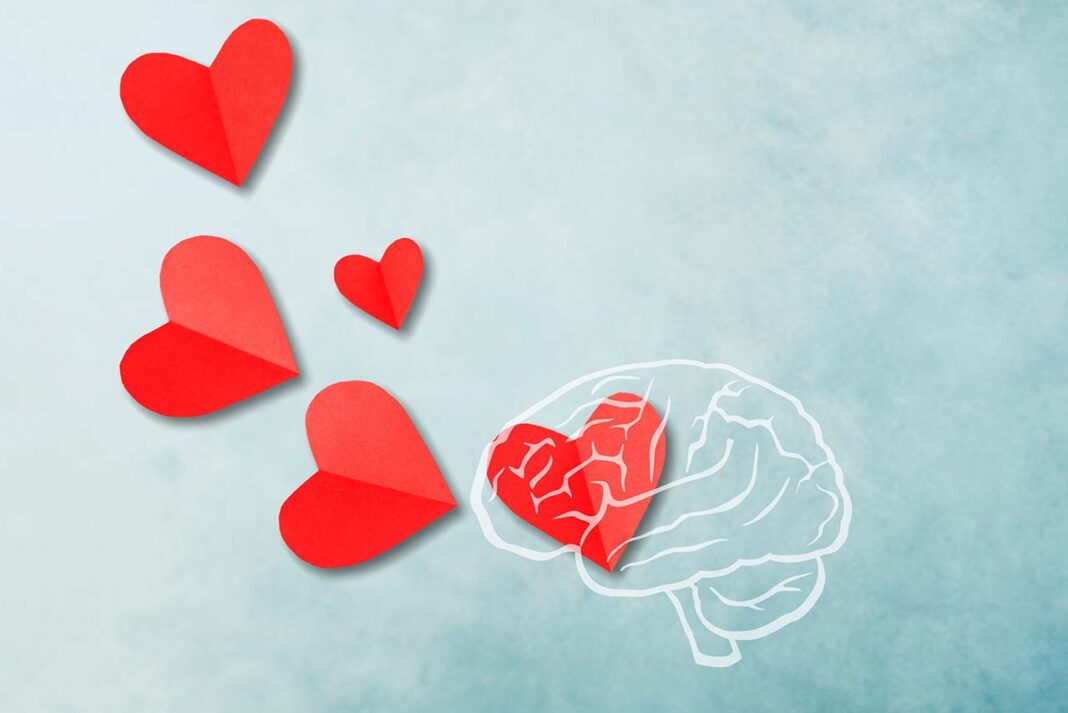Laughing, crying, getting angry, or simply feeling at peace… All these emotions may seem to come from the heart, but behind the scenes, it’s our brain that takes the lead role. What we feel is not just a mood—it’s a rich combination of our nervous system, chemical messengers, and past experiences.
So, how does our brain create and shape these emotional experiences?
Where Do Emotions Originate in the Brain?
Many of the emotions we feel in our hearts are actually formed in the brain. Those moments when we say “My heart feels tight” or “I feel suffocated” are physical reflections of physiological responses triggered by our brain’s emotional centers. The limbic system, often referred to as the emotional core of the brain, plays the main role in this process. Within this system, the amygdala is activated in primitive and rapid emotional reactions such as fear, anger, and threat perception (LeDoux, 1998). Another important structure, the hippocampus, stores emotional events and connects them to new experiences.
However, emotions are not only instinctive responses. For more complex and socially appropriate emotional reactions, the prefrontal cortex steps in. Thanks to this structure, we can refrain from yelling during an argument or maintain our functionality when facing a loss. Our brain doesn’t just generate emotions; it interprets, regulates, and adapts them according to social context.
“Our emotions are not just what we feel; they are neural representations constructed by the brain.” (Damasio, 2022, p.24)
Emotional Style: Every Brain Feels Differently
Two people experiencing the same event might respond very differently—one remains silent while the other feels devastated. This difference is not just about personality; it’s about brain structure, chemical balance, and emotional processing style. According to psychiatrist and neuroscientist Richard J. Davidson, every individual responds to emotions in a unique “emotional style” (Davidson & Begley, 2012). Like fingerprints, each person’s emotional processing style is distinct.
Davidson defines six main emotional styles: attention, intuition, outlook, resilience, self-awareness, and social intuition. These styles are shaped by activity levels in different brain regions. For example, people with more activity in the left side of the prefrontal cortex tend to lean towards positive emotions, while those with dominant right-side activity may be more prone to anxiety and negativity.
The neurotransmitters shaping these emotional styles orchestrate the chemical background of emotions:
-
Serotonin: Balances mood. A deficiency increases the risk of depression.
-
Dopamine: Influences pleasure, reward, and motivation systems.
-
Oxytocin: Associated with trust, bonding, and social interaction.
-
Cortisol: Increases with chronic stress and disrupts emotional balance (Sapolsky, 2004).
In addition, traumatic experiences, early attachment patterns, and genetic predispositions directly influence emotional styles. For example, individuals with early neglect may develop a hypersensitive amygdala, causing them to react more intensely to emotional stimuli (Teicher et al., 2003).
“The intensity of emotions is not just about the event—it’s about the meaning the brain assigns to it.” (Damasio, 2022, p.47)
How Does the Brain Cope with Emotions?
The brain doesn’t just create emotions; it also regulates them. This process is known in psychology as emotional regulation. The various strategies we use to suppress, express, redirect, or transform our emotions are all coordinated by specific brain structures:
-
Prefrontal cortex: Governs logical thinking and the capacity to reframe emotions.
-
Anterior cingulate cortex: Ensures internal balance during emotional conflict.
-
Insula: Integrates bodily awareness and emotional awareness to form the physical components of feelings.
Fortunately, these structures are not fixed. Neuroplasticity—the brain’s capacity to change—shows that emotional skills can be learned. Practices like mindfulness, psychotherapy, and emotional awareness training are effective in reshaping these circuits (Davidson et al., 2003).
“Emotional control is not about suppression—it’s about learning to recognize and guide emotions.” (Damasio, 2022, p.53)
Conclusion: The Brain is Both the Architect and Interpreter of Our Emotions
Emotions are not just fleeting feelings—they are neural stories crafted by the brain to protect, guide, and support our growth. When we struggle to cope with emotions, we often treat them like enemies. Yet every emotion has evolved to serve a purpose. Understanding a feeling means beginning to understand the brain.
This awareness can shift our judgmental stance toward emotions into one of curiosity and compassion. Each emotion is a message from the brain—waiting to be understood. In today’s fast-paced life, making peace with emotions begins with learning about them. Because healing always begins in the brain.
REFERENCES
Davidson, R. J., & Begley, S. (2012). The emotional life of your brain. Hudson Street Press.
Davidson, R. J., et al. (2003). Alterations in brain and immune function produced by mindfulness meditation. Psychosomatic Medicine, 65(4), 564–570.
Damasio, A. (2022). Beynin Duygusal Hayatı. Domingo Yayınları.
LeDoux, J. (1998). The Emotional Brain. Simon & Schuster.
Sapolsky, R. M. (2004). Why Zebras Don’t Get Ulcers. Holt Paperbacks.
Teicher, M. H., et al. (2003). Neurobiological consequences of early stress and childhood maltreatment. Annals of the NY Academy of Sciences, 1008(1), 313–331.


